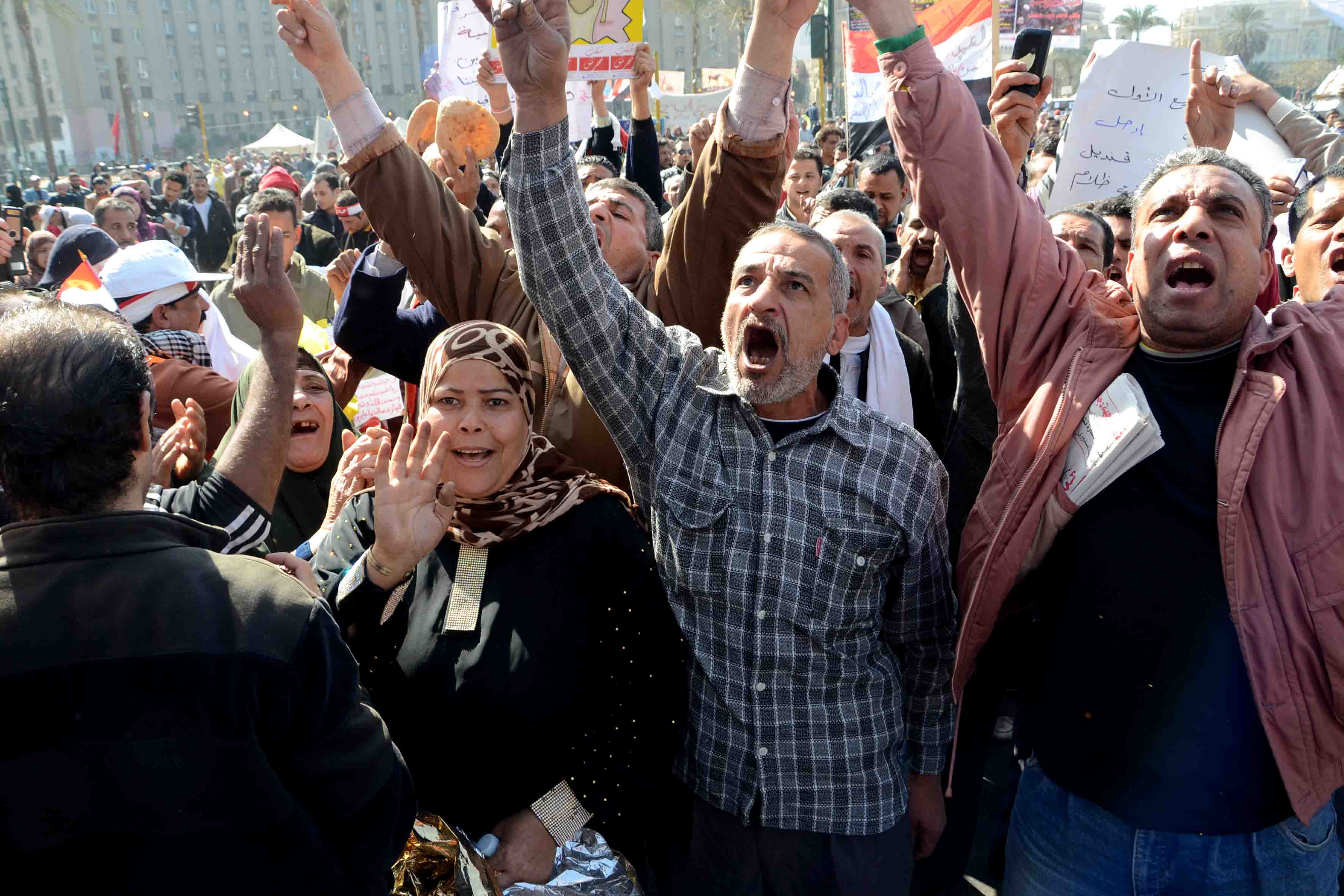Shirley Johnston writes about Egypt’s palaces and villas
When Shirley Johnston arrived in Egypt to write and produce her book, “Egyptian Palaces and Villas: 1808-1960, she never expected it to take five years. “There was much more to explore than I thought, says Johnston of Egypt’s architectural treasures from that period.
The historical period that Johnston explored, after Mohamed Ali took over Egypt and began his modernization campaign, is one in which the nobility and wealthy merchants built beautiful residences. Johnston found many gems, from the Bindernagel Villa in Alexandria, “I walked in and thought, ‘this is one of the great neoclassical houses in the world,’ to the Tousson Abu Gabal House in Giza, designed by renowned Egyptian architect Hassan Fathy. Johnston eventually created a book that showcases fabulous homes all over Egypt with artful photos. What she found was that “Egypt was really with it, in terms of architecture and interiors, and that many of the styles and motifs that were popular in Europe at the time could also be found here. “It [was] an eclectic period for everybody, says Johnston, noting that there was a fascinating intermingling of styles across continents. In Egypt, for example, it was quite common to have an “oriental room with Arabic style decoration and furniture, even if the rest of the house was done in European style. Meanwhile, the French in their own country often put a “salon Arabe in their homes as well. In the text, the author aimed to bring alive the people of the house, though in many cases, information was quite scarce. “A lot of families didn’t really keep records, says Johnston. “I went sleuthing, she says and, through her research in French, German, Italian and Spanish sources, plus Arabic works in translation, she was able to uncover the houses’ histories. Photography presented its own challenges. “It’s more labor intensive than one can imagine, says Johnston. Sherif Sonbol took all of the photos with Johnston as art director, composing and set up all the shots with a very clear vision of what she wanted. “I walk in a room and I know exactly where the three shots are, says Johnston. She believes in showing the sweeping expanse of architecture, whether interiors or exteriors. “Architecture needs room to breathe, she says. In particular, making the exterior of a home look as perfect as possible is a real feat. It means having no visible lampposts, electrical wires or other distractions to the eye, of which there are many in Egypt, and that often means taking the photo from just a certain angle. Then there’s the challenge of taking the photo at the exact moment when there are neither people nor traffic passing in front of the building. One of Johnston’s personal favorites in her book is the house Hassan Fathy built in 1947 for his friend Toussoun Abu Gabel in concrete, a material Fathy did not usually prefer to work in but did so at his friend’s request. The house is in Fathy’s simple yet elegant neo-Islamic style, with domed ceilings and an Arabic style fountain on the second floor. “This house has the greatest feeling, has the greatest movement. It is wonderful. I’d like to live there, says Johnston. “It has a very good aura. You feel it immediately. It’s amazing.
Johnston notes that the aura of a house is really made by the people who built it and lived there, and that in this case, it was a very musical house with weekly concerts by family and friends of Toussoun Abu Gabel. There is still a grand piano in the house, and even Hassan Fathy played the violin at these musical evenings. “So perhaps it’s the music, says Johnston, of why the house is so special.
Having grown up in the United States in the state of Delaware, with its early 18th century homes, Johnston has always appreciated architecture, and early in her career was a reporter for the Wall Street Journal in Chicago, covering architecture as part of her beat. She went on to a job in television, and later came to her current career by chance. On vacation in Italy, Johnston met architectural photographer Roberto Schezen, who invited her to work with him on a book about French chateaus, helping on the photography side. Johnston later authored two of her own books with Schezen as photographer, “Palm Beach Houses and “Great Villas of the Riveria, followed by a book on the great houses of Malta and her current one on Egypt that is published here by the AUC Press.
In the end, Johnson’s book takes us to some fantastic houses – treasures that we might not have known existed, if it wasn’t for Johnston’s persistence and artful eye.
Egyptian Palaces and Villas, 1808-1960By Shirley Johnston and Sherif SonbolThe American University in Cairo Press, 2006Hardback, 208 pages

